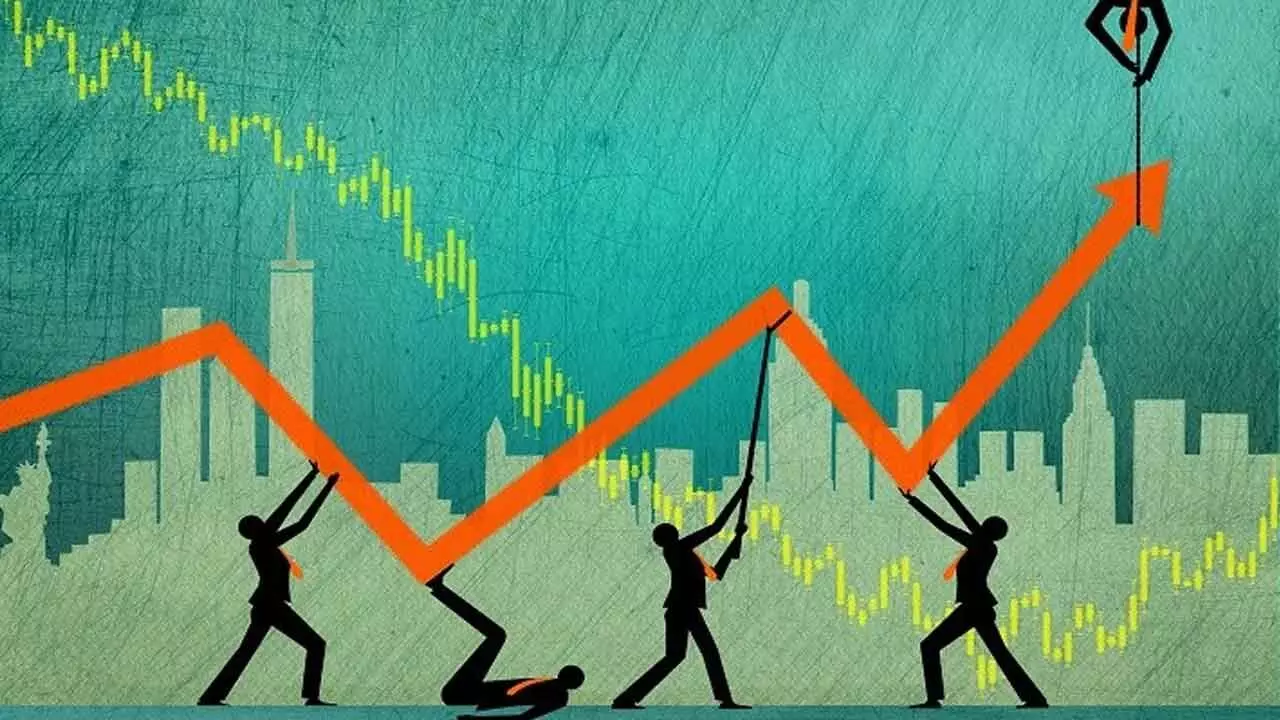Why Doing Nothing In Volatile Mkts Sometimes Best Strategy
One of the greatest pitfalls in investing is the desire to time the market to predict the best possible moment to enter and exit
Why Doing Nothing In Volatile Mkts Sometimes Best Strategy

As dust settles and finally things end, the ensuing rally in the asset classes, especially stocks, would be so wild and manic that it would be difficult to take part in it. So, what could be done now is not to alter too much in the way investment is done
In the early days of the Covid-19 pandemic, when the world was gripped by uncertainty, I wrote an article urging investors to maintain composure. The stock market had just witnessed one of the worst single-day corrections in history- the second of its kind in India—and the avalanche of further economic turmoil seemed inevitable. Countries around the world were about to announce near-synchronous lockdowns, and global markets were bracing for the fallout. As I attempted to present such a grim possibility, I implored my readers to keep a steady and rational mindset in the face of this evolving crisis. This experience underscored one of the most vital principles in investing: sometimes, the best action is doing nothing at all.
We are constantly bombarded with information- more accurately, noise- about current events and their potential consequences. The media tends to amplify the scariest outcomes, creating a narrative that drives people to take drastic actions. While some of these predictions come to fruition, many do not, and the markets typically revert to normalcy over time, a concept often referred to as mean reversion. In hindsight, it’s easy to claim wisdom, but the true test of character as an investor is maintaining composure when the storm is at its peak.
Surveys consistently reveal that some of the best compounding returns have been generated by investors who either passed away or forgot about their investments. History is littered with examples of individuals who became great wealth creators by resisting the urge to react impulsively to market fluctuations and instead, sticking to their long-term plans. The critical element here is to have a plan and the discipline to execute it- no matter the external noise. Even with a meticulously crafted plan, the temptation to intervene is often irresistible. While short-term actions may yield small wins, the long-term effects of this intervention are usually negligible.
One of the greatest pitfalls in investing is the desire to time the market-to predict the best possible moment to enter and exit. The notion of catching the market at its absolute bottom or selling at its peak is not only exceedingly difficult but also fraught with risks. Timing the market is an exercise in futility for most investors, especially for those who are not full-time professionals. This strategy is akin to playing with fire.
The risk-to-reward ratio for trying to time the market is thin when compared to the steady approach of consistent investing over time. As the adage goes, “time in the market is more important than timing the market.” While it might feel rewarding to earn quick gains through market timing, these short-term successes often pale in comparison to the wealth generated through disciplined, long-term investment. Every investment avenue has a specific purpose, and it is important to stay focused on that purpose rather than chasing fleeting opportunities.
The lure of making a quick profit can lead investors down paths that may not align with their risk tolerance. It’s all too easy to stray into high-risk investments like Futures & Options (F&O), cryptocurrencies, unlisted securities, or other speculative instruments. I’m not suggesting that these avenues should be avoided altogether, but investors must be acutely aware of how much they are exposing themselves to, and for what purpose. There’s ample research highlighting the dangers of these instruments- especially for those without the necessary risk appetite- but more and more investors are still drawn to them.
The better, more effective approach is to design a well-diversified portfolio that aligns with personal goals and falls within an individual’s risk tolerance. Over time, this portfolio should be adjusted to reflect changes in circumstances, but the underlying philosophy should remain unchanged. Whether you build your portfolio through consistent, small contributions or through larger allocations at set intervals, the key is to stay committed to your plan. The constant tinkering with your investments based on every new market trend not only consumes time but also carries the potential for unnecessary costs.
In my previous article, I concluded with a statement that, in retrospect, turned out to be prophetic: “As dust settles and finally things end, the ensuing rally in the asset classes, especially stocks, would be so wild and manic that it would be difficult to take part in it. So, what could be done now is not to alter too much in the way investment is done.” And, indeed, that’s how it played out.
So, cut the noise, stick to your plan, and remember that wealth-building is a marathon, not a sprint. There are no shortcuts, and the quick fixes only lead to fleeting mirages.
(The author is a co-founder of “Wealocity”, a wealth management firm and could be reached at [email protected] )

